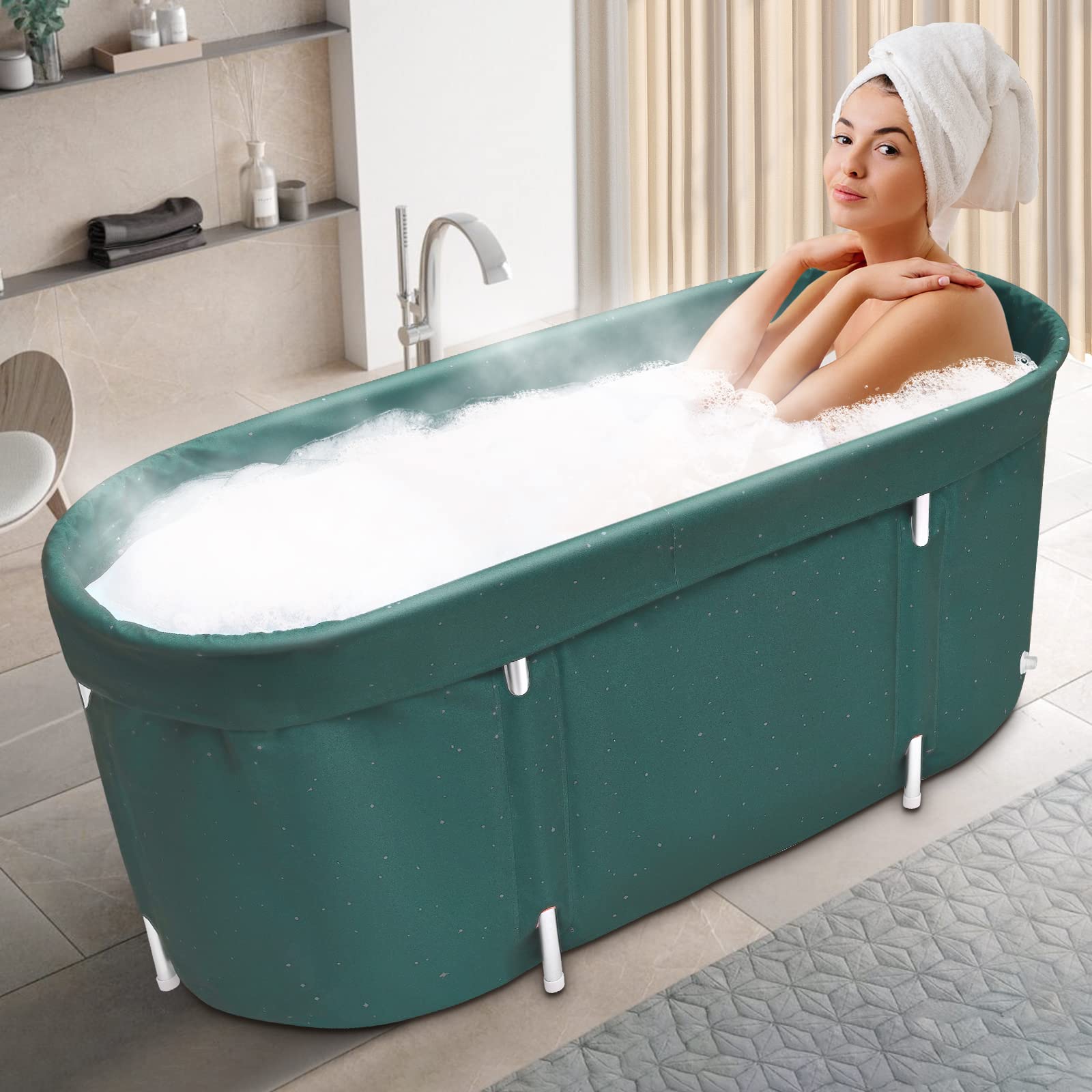Introduction: Understanding the Hassle of Clogged Bathtub Drains
Clogged bathtub drains can be a frustrating nuisance, disrupting your daily routine and causing inconvenience. Fortunately, with a few simple steps, you can effectively tackle this common household problem. In this guide, we’ll explore easy and practical methods to unclog your bathtub drain, allowing you to enjoy a smoothly flowing drainage system once again.
Identifying the Culprit: Common Causes of Bathtub Drain Clogs
Before diving into the unclogging process, it’s essential to understand what might be causing the blockage in your bathtub drain. Common culprits include hair buildup, soap scum, and mineral deposits. By identifying the cause, you can choose the most appropriate method for clearing the clog efficiently.

Method 1: Removing Hair with a Drain Snake
One of the most common reasons for bathtub drain blockages is hair accumulation. To tackle this issue, you can use a drain snake—a simple yet effective tool for removing hair and debris from the drain. Here’s how to do it:
- Begin by removing the drain cover or stopper to access the drain opening.
- Insert the drain snake into the drain until you feel resistance.
- Rotate the snake clockwise and pull it out slowly, allowing it to catch onto any hair or debris.
- Repeat this process several times until you no longer feel any resistance.
Method 2: Clearing Blockages with Baking Soda and Vinegar
Baking soda and vinegar offer a natural and environmentally friendly solution for unclogging bathtub drains. The chemical reaction between these two ingredients can help break down organic matter and clear minor blockages. Follow these steps to use baking soda and vinegar:
- Pour half a cup of baking soda down the drain.
- Follow it with one cup of vinegar.
- Allow the mixture to fizz and bubble for about 15 minutes.
- Flush the drain with hot water to wash away the loosened debris.
Method 3: Using a Plunger for Stubborn Clogs
For more stubborn bathtub drain clogs, a plunger can be a handy tool to have on hand. Here’s how to use it effectively:
- Ensure there is enough water in the bathtub to cover the bottom of the plunger.
- Place the plunger over the drain opening, ensuring a tight seal.
- Push down firmly and then pull up sharply to create suction.
- Repeat this plunging motion several times, then check to see if the water drains freely.
Method 4: Chemical Drain Cleaners as a Last Resort
If all else fails, you may consider using a chemical drain cleaner as a last resort. However, it’s essential to use these products with caution and follow the manufacturer’s instructions carefully. Remember that chemical drain cleaners can be harsh and may damage older pipes or fixtures.
Preventive Measures: Tips for Avoiding Future Clogs
Once you’ve successfully unclogged your bathtub drain, it’s essential to take preventive measures to avoid future blockages. Here are some tips to help you maintain a clear and functioning drain:
- Install a drain cover or hair catcher to prevent hair and debris from entering the drain.
- Regularly clean the drain stopper and remove any accumulated hair or soap scum.
- Use a mesh strainer over the drain during baths to catch hair and other particles.
- Flush the drain with hot water regularly to prevent buildup.
Conclusion: Enjoying a Smoothly Flowing Bathtub Drain
Clogged bathtub drains can disrupt your daily routine and cause frustration, but with the right approach, you can quickly and effectively clear the blockage. Whether you opt for mechanical methods like a drain snake or natural remedies like baking soda and vinegar, taking action promptly can prevent further issues and keep your bathtub drain flowing smoothly. By implementing preventive measures, you can enjoy hassle-free baths without worrying about clogs in the future. Say goodbye to clogged drains and hello to uninterrupted relaxation!
